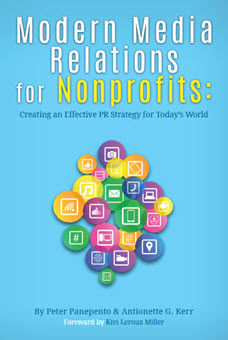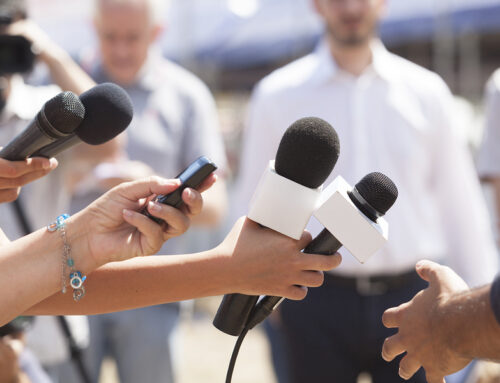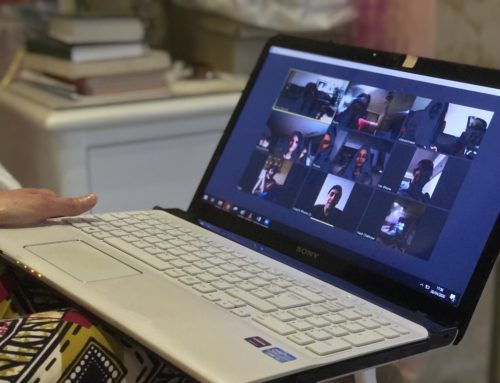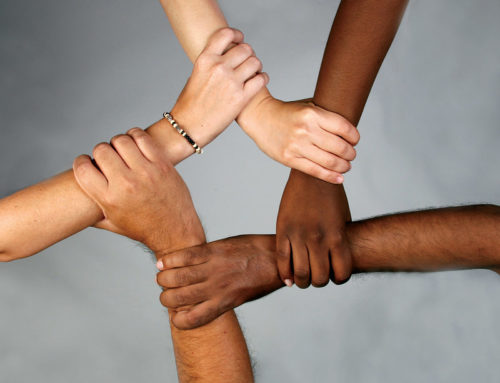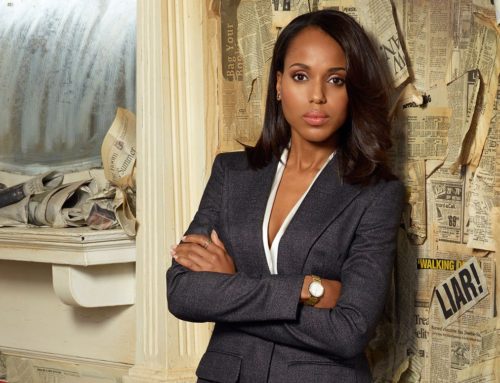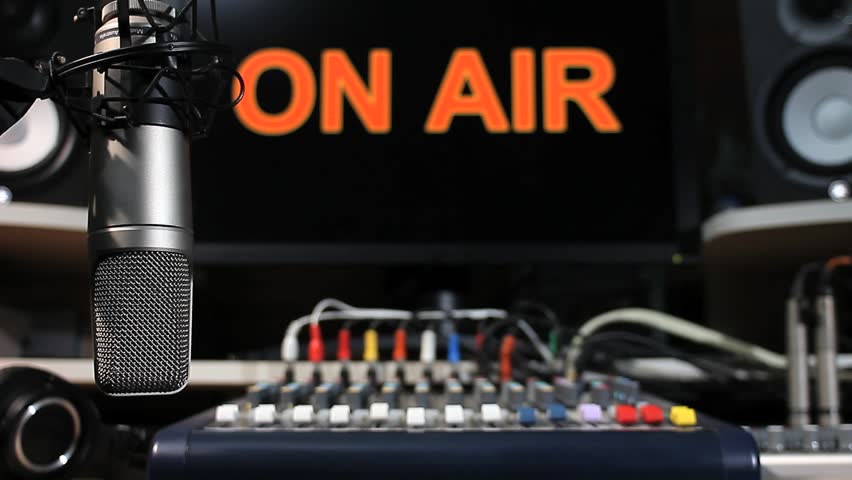 “So many times the PR staff would schedule interviews with the big names in the agency but when they sat down with us they had no idea what they were talking about.” This was a major problem for live television or radio and resulted in producers calling on nonprofits with “subjects” they could trust. “People thought we had our favorites, and we did, based on who could deliver.” Ebony Hillsman, former media coordinator for Turner Broadcast Network and CNN.
“So many times the PR staff would schedule interviews with the big names in the agency but when they sat down with us they had no idea what they were talking about.” This was a major problem for live television or radio and resulted in producers calling on nonprofits with “subjects” they could trust. “People thought we had our favorites, and we did, based on who could deliver.” Ebony Hillsman, former media coordinator for Turner Broadcast Network and CNN.
Ebony is right, agency spokespeople need coaching from communications staff.
In many cases, it shouldn’t take more than 10 minutes.
When I was invited to join the Public Radio’s Community Advisory Board I totally geeked out. I LOVE PUBLIC RADIO and have been listening for as long as I remember. I had my “elevator speech” and I knew my role came with the expectation of helping with pledge drives. I imagined myself in a call center celebrating our fundraising goals. I had no idea it would include me being ON AIR for two hours being interviewed by one of our reporters and begging for money. I really didn’t want to be like those board members my friend Ebony mentioned.
Sara, the communications staff person [turned producer] alleviated my fears about being ON AIR in a span of ten minutes of training. I didn’t know how effectively I could get prepared to speak on the radio for two hours. Sara assured me we could all make it happen in a short and efficient training session.
So here’s how she turned me into a public radio pledge drive ambassador in 10 minutes:
1. First 3 minutes:
She hit the highlights as to why what we do is important. I learned that 85% of our public radio station’s funding comes from member support. That helped me understand how crucial the pledge drives are and to be able to communicate with people like me who don’t like their content being interrupted twice a year.
She also handed me a list of statements I could adapt based on my interests like:
“I like public radio because I am a lifelong learner.”
“The station is reaching listeners of all ages with programming like…”
“Public radio reaches some of the most rural communities in our state.”
2. In the next 4 minutes:
Coach the board member to make it personal. She wrote key phrases from my story and talking points on a white board to jog my memory while On-Air. I answered each of these prompts in one sentence.
- “What do you love about (insert your mission)?” I explained that I have listened to public radio all my life for news. So “Sara” shared with me their concept of “Lifelong learners.”
- “How do you (interact with our mission)?” When I shared that I listened online, they cued the reporter to ask me to continue to talk about how easy it is to navigate the website.
- “Why did you join the board?” I shared that growing up there were points when we didn’t have a television, so the station was an important outlet for me and has been a staple in my home. She encouraged me to talk about how listeners donating keep public radio FREE and handed me a cheat sheet with other community programs led by the station.
3. In the next 2 minutes:
Cover topics to avoid. Not everyone will be working with subject “friendly” reporters so give a warning about sticky places. My training included a brief reminder to avoid political discussion. Considering that our air time was interrupted by breaking political news…it was good to be reminded not to comment on politics.
4. In the final 1 minute:
End with a “freeze” sheet. “Dead Air” or what most simply call “silence” is the enemy of every reporter and producer. Give your interviewee something mindless that they can say if they freeze. Our practice was to read the phone number and website to let people know how they can give. I can’t tell you how many times I said… “You can make a donation of any amount by calling X or making a secure online donation at X.”)
Remember to keep it simple: Taking only 10 minutes will help so that you don’t overwhelm the person representing your agency. I didn’t fully understand the value of this until nervously standing on the other side of a microphone.
You can reassure those who doubt the 10 minute process with advice from Peter Drury, Vice President for Mission Advancement at Make-A-Wish (Alaska & Washington) and Adjunct Professor in Seattle University’s Master of Nonprofit Leadership Program, if needed. “Less is More. Think of your role as being a door-opener, not a deal-closer. You probably don’t need more materials, more facts and figures, and more talking points. Instead, I bet you need less! Think of (and share) why you are involved; why you volunteer your time and donate money; why this is important to you. Your ‘why’ is more important than the organization’s ‘what.’”
For additional tips on preparing Board Members for interviews, check out Chapter 10 of my new book (Co-Authored with Peter Panenpento), Modern Media Relations for Nonprofits. We have an entire chapter dedicated to “Coaching Your Team for Interviews.”
